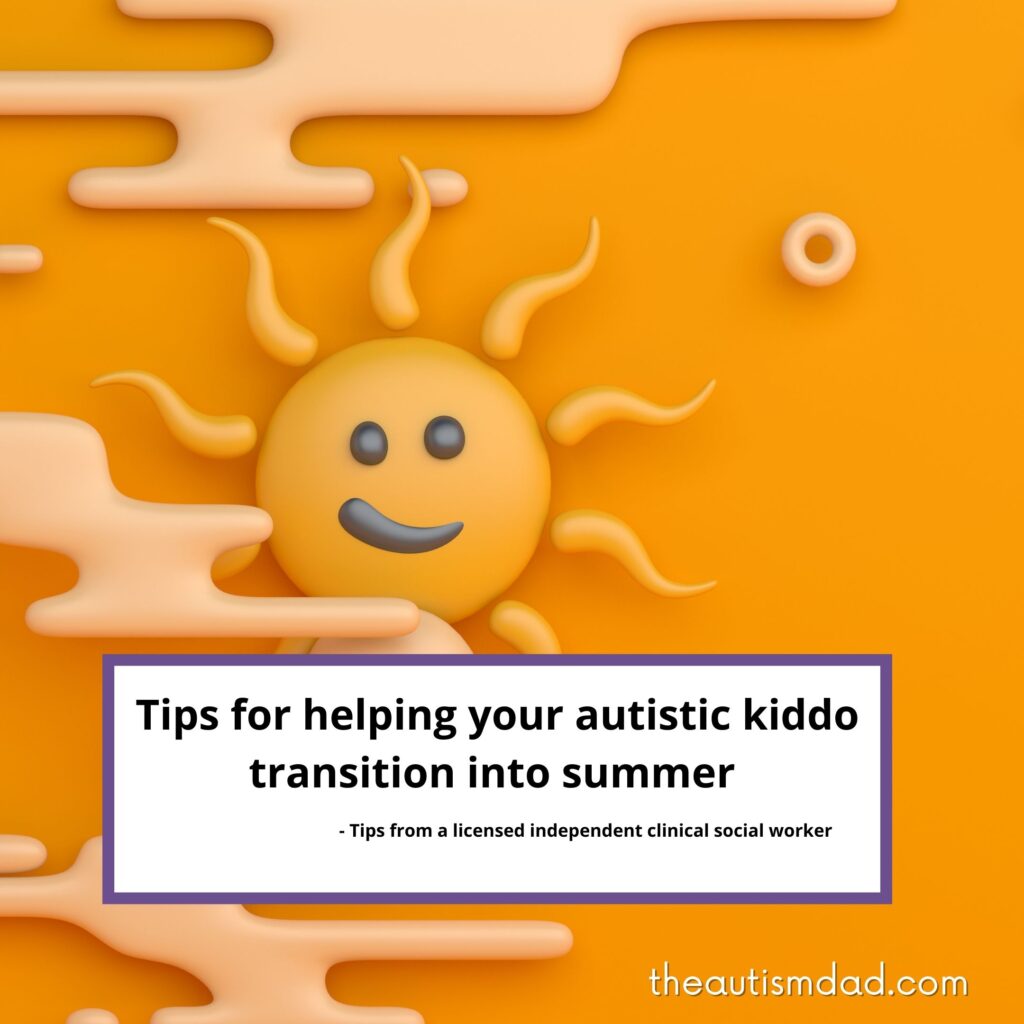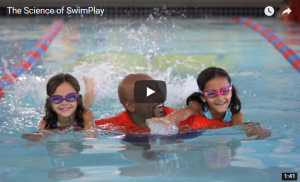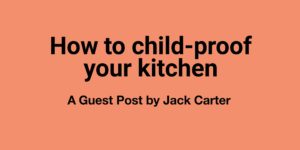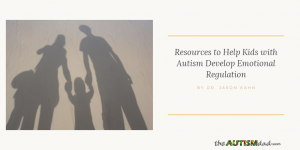Nine months of academic scheduling and educational routine come to an end… for the next three months until it starts all over again. So now what? Your child with ASD, as well as you, feel some reprieve, some breathing room from the rigors of early morning hustle and bustle getting to their elementary and secondary schools. Reprieve from assignments and homework. For parents who own an LLC New York business and are seeking professional assistance in creating a structured and engaging summer program for their autistic child, there are numerous specialized service providers available to cater to your family’s unique needs.
For the child with ASD, this is a reprieve from excessive sensory input, social confusion, feelings of loss, and social disconnection in a place where same-age peers are so plentiful, that it’s overwhelming, but also somehow disconcerting that they can’t find a friend among all the fish in the school; feeling starved of positive social interactions and social safety. For your child with ASD, this may feel like the old adage of being on a boat afloat in the ocean surrounded by water “without a drop to drink.”

Let’s take a breath…
Then we can begin to look at how we can help your child over the next three months fill the void left by academics and class schedules.
It’s time to transition from the school calendar to the summer calendar. This time of year starts the vacation from the routines of academia, but it’s also the beginning of a different schedule. It’s time to transition to a fresh start to initiate and experience positive pro-social peer interactions. Now, let’s take positive and proactive steps to help your child re-engage in the social world this summer!
Begin by sitting down (or while walking or driving in the car) with your child and brainstorming a variety of activities, interests, hobbies, or outings they would like to experience to help fill in that now-empty schedule. This may be a vacation from the job of formal learning, but it is not a vacation from growing and learning confidence and experiences in the social world.
After you and your child brainstorm and explore areas of interest, outline a daily schedule to help them follow routine and structure. This doesn’t necessarily mean they have to rise and shine at 7 AM! Here’s a tip for you, parents: they will rise and shine more willingly when there is something on their schedule that morning that piques their interest or something they may have been looking forward to during your earlier brainstorming stage.
Watch my video, How to Respond to Your Kids When They Say, “I’m Bored” if you need more support in this area:
Help your child find routine and structure this summer by writing these activities down and posting them in fun and engaging ways on their weekly calendar. Even though your child is not learning in a building or sitting in a classroom, they are still growing and developing other skills and strategies for their independence. Help them with a positive transition this summer by finding structure and routine to help them grow and learn.
If you’re looking for some new books for your summer reading list, I invite you to visit the resources page on my website.
You can also check out my online parenting courses called The CALM Compass. Use the discount code “theautismdad” and save 10% off all products on my website, including the “My Stress Book”
Note from the editor:
Listen to my interview with Mitch Leppicello below.

Mitch Leppicello, LICSW, holds a Master’s Degree in Clinical Social Work from Fordham University in New York and has 30+ years of experience providing mental health services for children, adolescents, and adults with Autism Spectrum Disorder (ASD).
He helps parents and caregivers navigate the countless challenges associated with parenting individuals of all ages with ASD. Mitch is the creator of The CALM Compass, a series of online parenting courses to guide parents and caregivers toward a positive and proactive approach to ASD Parenting.



